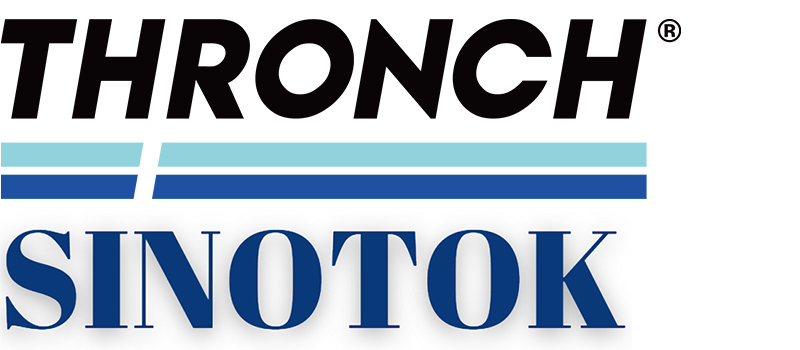The Fundamentals of Roll Forming Machine Design: Key Considerations and Best Practices
Introduction:
Define what a roll forming machine is and its importance in manufacturing
Mention the benefits of using a well-designed roll forming machine
Include relevant keywords in the first paragraph (e.g. roll forming machine design, metal forming, manufacturing)
Section 1: Roll Forming Machine Design Basics
Provide a detailed definition of roll forming machine design and its components
Explain the key considerations in roll forming machine design, such as material thickness, product shape, and production speed
Discuss the different types of roll forming machines available and their specific design requirements
Section 2: Designing a Roll Forming Machine from Scratch
Explain the process of designing a roll forming machine from scratch
Discuss the different stages of the design process, such as concept development, prototyping, and testing
Provide best practices for designing a roll forming machine, such as designing for safety and reliability, using the right materials, and considering the end-user’s needs
Section 3: Roll Forming Machine Design Optimization
Discuss the different ways to optimize roll forming machine design for improved efficiency and productivity
Mention the use of computer-aided design (CAD) software in roll forming machine design
Explain the importance of testing and fine-tuning a roll forming machine design to ensure optimal performance
Section 4: Common Roll Forming Machine Design Issues and Solutions
Discuss some common design issues that can arise in roll forming machines, such as material slippage, misaligned rollers, and inadequate material support
Provide solutions to these issues and tips on how to avoid them in the design process
Mention the importance of regular maintenance and inspection to ensure the longevity of a roll forming machine’s design
request a quote:sales@steelrollforming.com
www.steelrollforming.com
